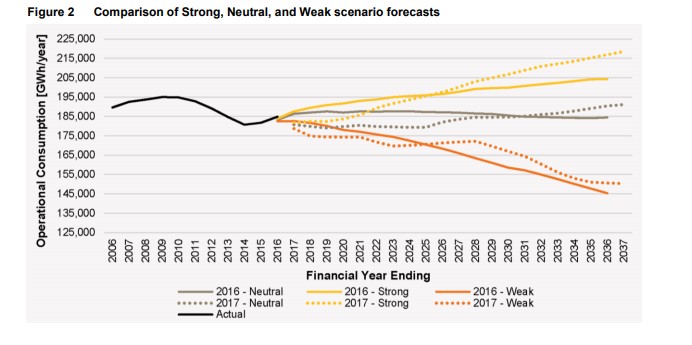The Federal Government has released its Powering Forward Plan which seeks to reduce electricity prices while still delivering reliable energy and meeting Australia’s international commitments on carbon reduction. The plan is wide ranging and includes direct subsidies to vulnerable households as well as improved transparency in the gas market.
The Plan will look at putting obligations on the retailers to secure a minimum amount of synchronous generation. It was also confirmed that the Government would not be implementing the Clean Energy Target proposed by Finkel, however will obligate retailers to purchase an amount of low-emissions generation. The targets have not been set at this stage.
It was also reported that renewable generators which were built after 2020 would not be eligible to receive large-scale generation certificates. Any renewable generation built before 2020 would still be eligible (subject to current eligibility criteria) to create certificates out to 2030.
The market responded with increased prices. Until there is further clarity, the market will remain nervous.
If you would like to know more about this announcement and how your business may be affected, please call one of our team members on 07 3232 1115 or contact your Edge Portfolio Manager.

